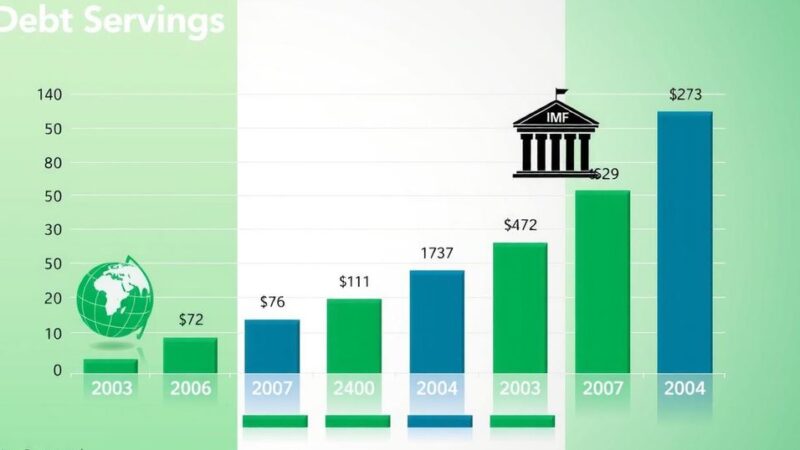The U.S. is grappling with an egg shortage driven by bird flu, leading to soaring prices and grocery limits. Officials are contacting countries like Poland, France, and Indonesia for potential egg imports, yet shipping challenges and trade regulations complicate matters. The situation reflects the difficulties of quickly mitigating supply shortfalls in a highly localized industry.
United States officials are actively seeking solutions to an egg shortage that has driven prices up significantly. Grocery stores now impose purchase limits, while restaurants resort to surcharges for menu items. The shortage stems from the devastating bird flu outbreak, which led to the loss of millions of hens and caused retail prices to double compared to the previous year, intensifying broader inflation concerns.
Inquiries for egg exports have reached poultry trade groups in various countries, including Poland, France, and Indonesia. This highlights the lengths to which the U.S. is willing to go to supplement its supplies. Approximately 70 to 100 million eggs are required within the next couple of months to alleviate the deficit. President Donald Trump has criticized the market’s condition, describing it as “a disaster.”
Shipping eggs presents unique challenges due to their short shelf life and delicate nature. Many exporting nations do not have sufficient surplus eggs available to meet U.S. needs. Moreover, animal products face stricter regulations compared to crops like grains, and some countries themselves are grappling with bird flu outbreaks. Thomas Bartlett, the secretary general of France’s SNIPO, stated that there are minimal available volumes in Europe.
Recent data shows that wholesale prices within the European Union have surged to their highest levels in two years, driven by bird flu-related shortages. Even when foreign supplies are potentially available, logistical issues such as processing requirements complicate their shipment. Katarzyna Gawrońska, director of Poland’s National Chamber of Poultry and Feed Producers, noted that while shipping whole eggs is limited, large quantities of processed egg products might be exportable.
The lack of an established trade relationship complicates logistics, as different standards regarding egg treatment must be navigated. Spanish suppliers are now attempting to determine shipping quantities to the U.S. Additionally, the U.S. is working to rekindle import licenses for Dutch egg products, which had previously been suspended. Countries like Indonesia are also exploring export opportunities, with estimates of potentially supplying 1.6 million eggs per month.
Despite the pressing demand in the U.S., some countries, like Turkey, are implementing measures such as export taxes to maintain local supply stability, especially during significant cultural events like Ramadan, where egg consumption tends to rise. The overall supply of eggs available for global trade remains limited, with only three percent currently in circulation worldwide. As Nan-Dirk Mulder of Rabobank points out, efforts to rebalance the market would require large volumes that are simply not feasible in the short term.
The United States faces significant challenges in addressing its egg shortage, primarily resulting from a devastating bird flu outbreak and the complexities surrounding international egg trade. While various countries are exploring export possibilities, logistical hurdles, strict regulations, and limited supply complicate efforts to increase imports. Thus, the U.S. may continue to experience elevated egg prices and supply constraints in the near future, as local producers struggle to meet demand amidst global trade competition.
Original Source: financialpost.com






